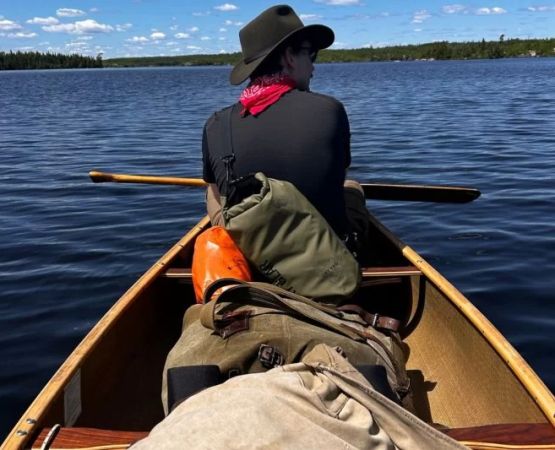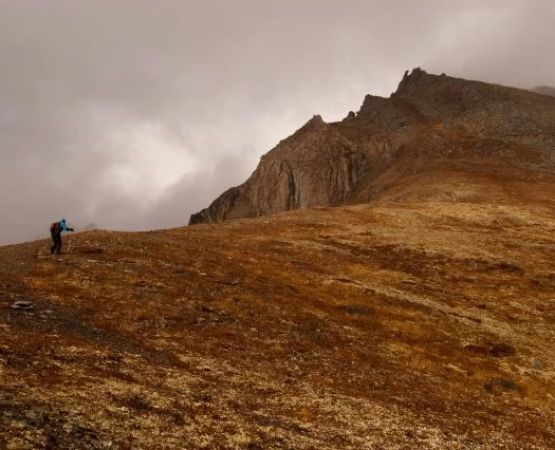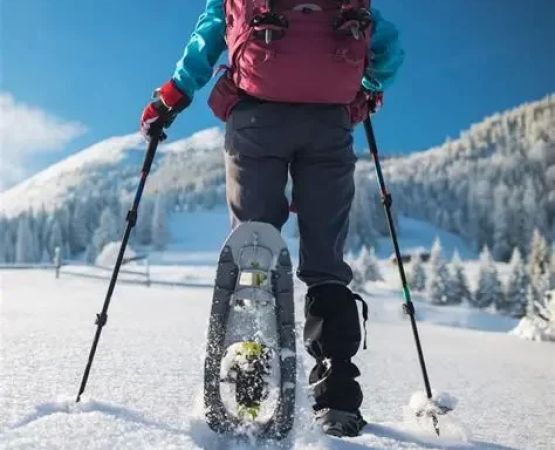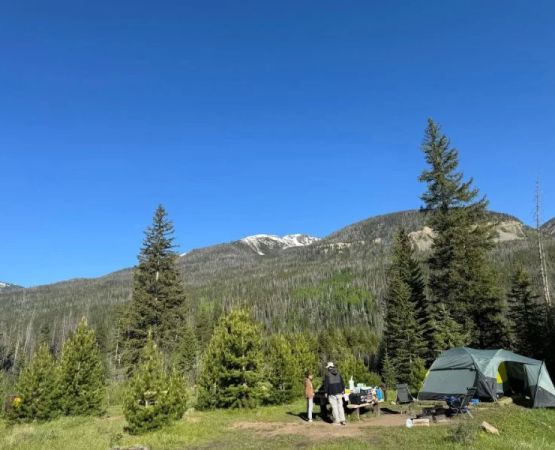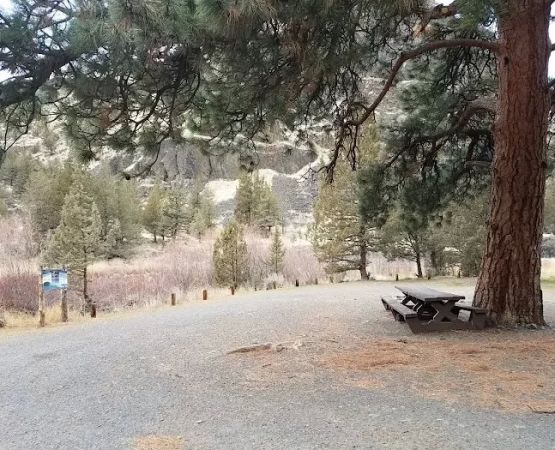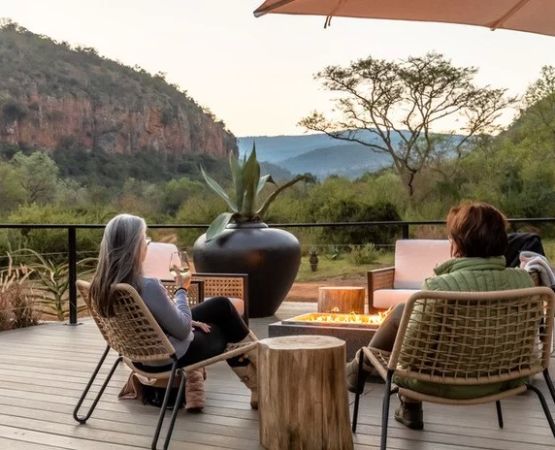How to Camp in Rocky Basin Landscapes
- 1 - Understanding Rocky Basin Landscapes
- 2 - Choosing the Right Campsite
- 3 - Essential Gear for Rocky Basin Camping
- 4 - Setting Up Camp on Rocky Terrain
- 5 - Safety and Environmental Awareness
- 6 - Real-Life Camping Experiences and Lessons
- 7 - Final Thoughts and Recommendations
1 - Understanding Rocky Basin Landscapes
Rocky basin landscapes are some of the most breathtaking natural formations found across the United States. From Utah’s red canyon basins to the granite plateaus of Colorado, these environments offer both beauty and challenge for campers. Understanding how these terrains form and behave is crucial for setting up a safe and enjoyable camping experience.
1.1 - What Makes Rocky Basins Unique
Rocky basins are typically characterized by rugged terrain, limited soil depth, and variable weather conditions. Their geological composition—mainly granite, sandstone, or basalt—creates dramatic cliffs and valleys. While they offer incredible views, they also pose challenges for pitching tents, managing drainage, and finding stable footing.
1.2 - The Allure of Rocky Camping
For adventurers, camping in rocky basins means connecting deeply with nature. The silence of the rocks, the crisp air, and the stunning sunsets create an experience that’s both humbling and rejuvenating. However, to enjoy this beauty safely, preparation is key.
2 - Choosing the Right Campsite
Choosing the right spot in a rocky basin landscape is one of the most important steps for a successful trip. You need to consider elevation, wind direction, and natural protection.
2.1 - Look for Flat, Sheltered Areas
Flat areas are rare in rocky basins, but they are crucial for setting up your tent properly. Avoid camping directly on exposed rock slabs, as they can get slippery when wet and retain heat during the day. Instead, look for small sandy patches or natural depressions shielded from strong winds.
2.2 - Avoid Low-Lying Basins
While basins may seem sheltered, they can quickly collect rainwater during sudden storms. Always camp slightly above the basin floor to prevent water pooling around your tent. Use rocks or your gear to create a stable surface under your sleeping area.
3 - Essential Gear for Rocky Basin Camping
Camping on rocky terrain requires durable and specialized equipment. Lightweight setups that can handle rough surfaces are best suited for this environment.
3.1 - Sturdy Tent and Ground Protection
Invest in a tent with reinforced poles and a strong base. Ground tarps or foam pads are essential to protect the tent floor from abrasion. A self-inflating sleeping pad can add comfort and insulation from the cold ground.
3.2 - Proper Footwear and Gloves
When hiking or climbing around rocky basins, wear boots with solid ankle support and a strong grip. Gloves can protect your hands when setting up camp or handling rough rocks.
3.3 - Cooking and Storage
Because rocky areas have limited flat surfaces, consider using portable stoves with stable legs. Always secure your cooking equipment on flat rocks or small sand patches to avoid accidents. Store food securely, as rocky landscapes often host curious wildlife.
4 - Setting Up Camp on Rocky Terrain
Setting up camp in rocky areas demands patience and adaptability. The uneven surface makes it tricky to stabilize gear, but with the right techniques, you can create a safe and comfortable base.
4.1 - Securing Your Tent
Traditional tent stakes might not work on hard rock. Instead, use weighted objects such as large stones or sandbags to hold your tent corners in place. Some campers use bungee cords to tie their tents to nearby rock formations, ensuring stability in high winds.
4.2 - Managing Comfort
Rocks can make sleeping uncomfortable, so it’s essential to use multiple layers between your sleeping bag and the ground. A thick foam pad or air mattress can make a huge difference. Arrange your gear strategically to block wind and retain warmth during cold nights.
5 - Safety and Environmental Awareness
Rocky basins can be unpredictable, with fast-changing weather and difficult terrain. Being mindful of safety and the environment ensures both a rewarding and responsible camping experience.
5.1 - Watch for Weather Shifts
Storms in rocky landscapes can form quickly, turning dry ground into slippery hazards. Always check local forecasts and avoid camping near cliff edges or dry riverbeds that may flood suddenly.
5.2 - Leave No Trace
Rocky environments are fragile ecosystems. Avoid disturbing natural formations and pack out all waste. Using a portable stove instead of building a campfire is safer and prevents damage to the environment.
6 - Real-Life Camping Experiences and Lessons
Many campers describe their first rocky basin camping trip as both challenging and life-changing. One hiker from Nevada recalled battling high winds on a granite ledge but waking up to one of the most beautiful sunrises he’d ever seen. Another couple shared how setting up their camp near a sandstone arch in Utah gave them a new appreciation for nature’s quiet power.
Stories like these remind us that rocky basin camping isn’t about luxury—it’s about discovery, resilience, and respect for the landscape. The more you prepare and adapt, the richer your experience will be.
7 - Final Thoughts and Recommendations
Camping in rocky basin landscapes is not just an outdoor activity—it’s a test of skill, patience, and appreciation for nature’s rugged beauty. By choosing the right location, bringing the proper gear, and respecting the environment, you can enjoy a safe and memorable experience.
If you’re looking for premium outdoor equipment or planning your next wilderness getaway, explore Pine Cliff Resort for expert recommendations and high-quality gear designed for adventurers who thrive in challenging terrains.


